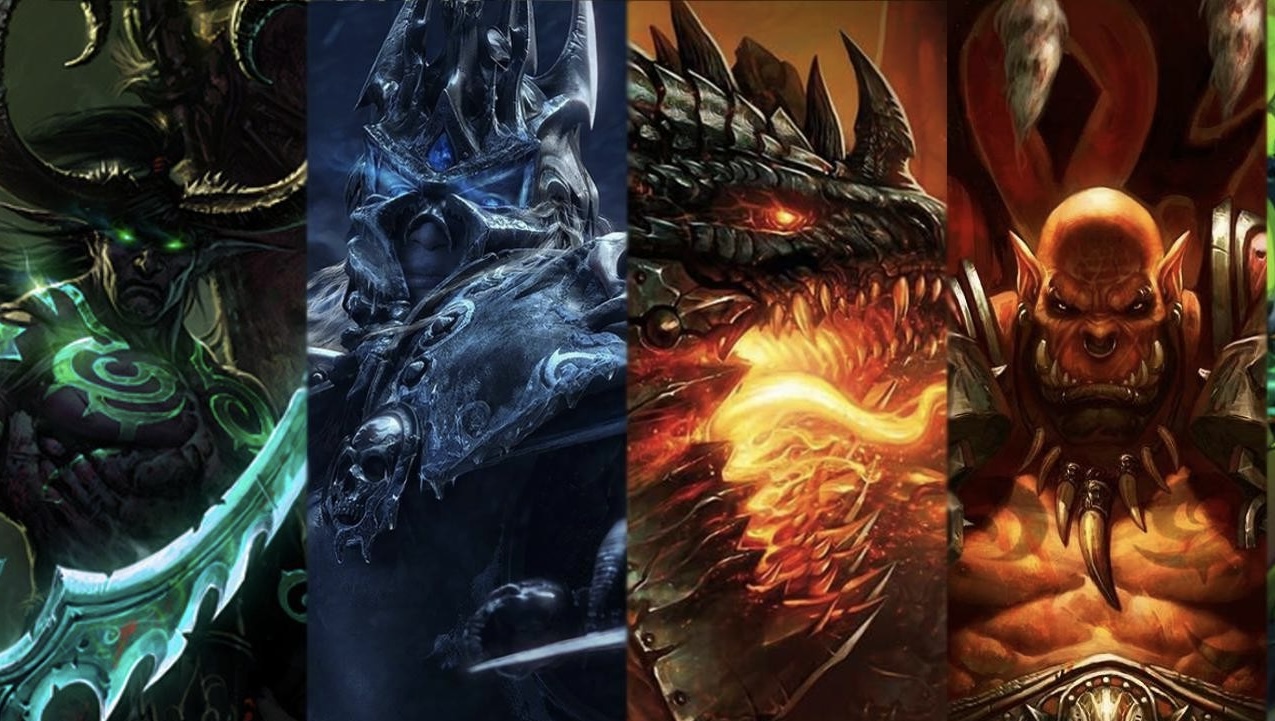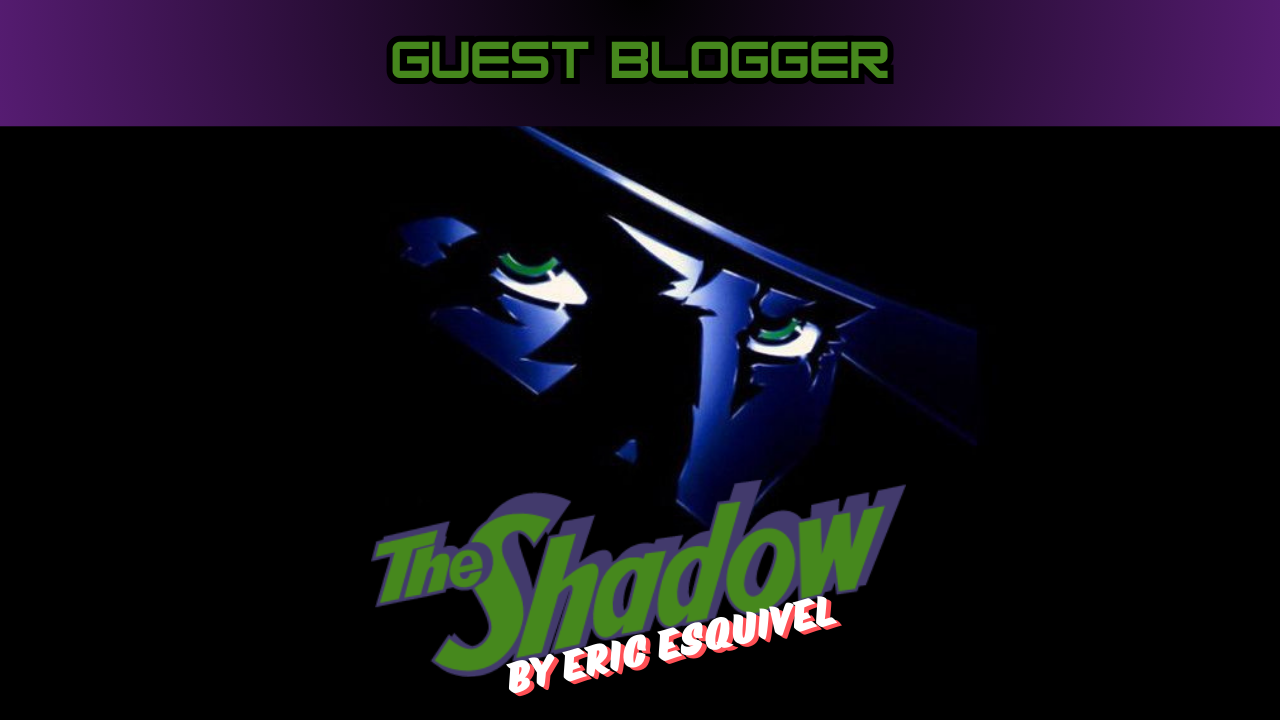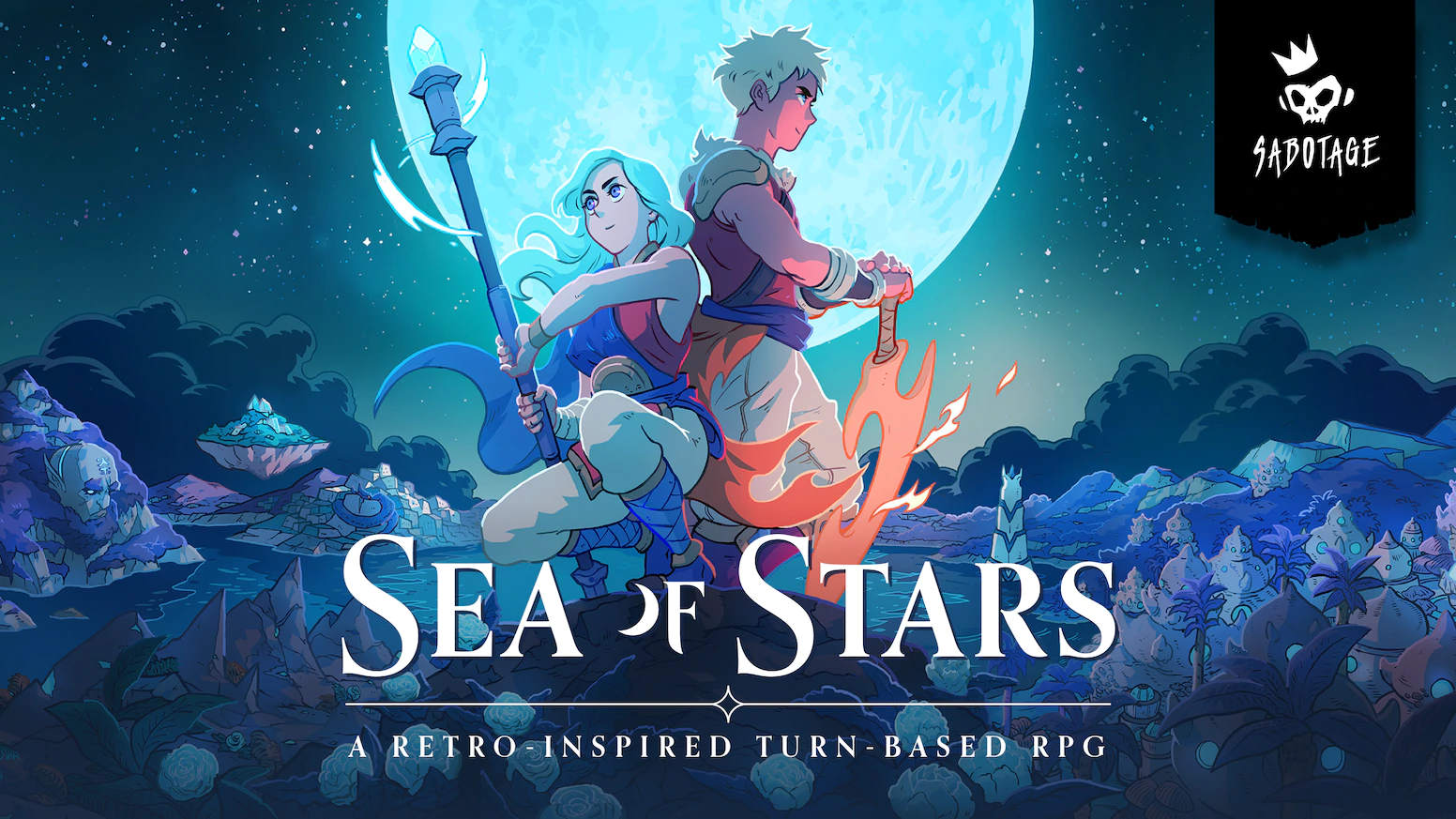Since its launch in 2004, World of Warcraft (WoW) has set the standard for massively multiplayer online role-playing games (MMORPGs). Blizzard Entertainment’s iconic title has evolved with numerous expansions including the newly released expansion The War Within, each introducing new content, features, and lore to keep players engaged. Here, we’ll explore the top five favorite WoW expansions, detailing why they are beloved by the community, what improvements were made, and their impact on the game’s history.
1. The Burning Crusade (2007)
Released on January 16, 2007, The Burning Crusade was WoW’s first expansion and set a high bar for all that followed. It introduced the shattered world of Outland, a new continent with seven expansive zones. Players were excited to explore this alien landscape, filled with diverse environments, from the ominous Hellfire Peninsula to the lush forests of Nagrand.
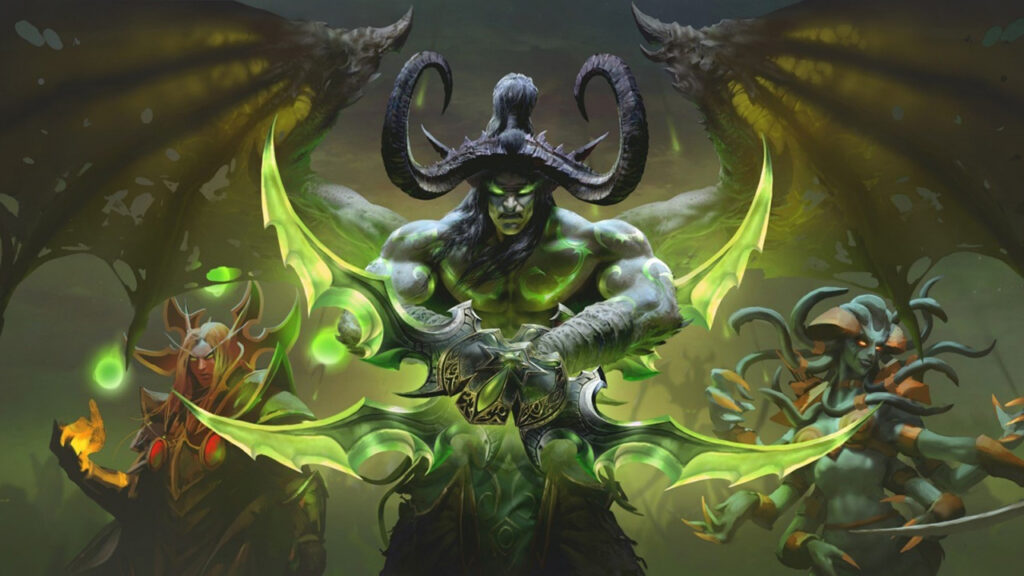
Key Improvements:
New Races: The expansion introduced two new playable races—the Blood Elves for the Horde and the Draenei for the Alliance. These races not only provided new lore but also added to the game’s diversity in terms of aesthetic and racial abilities.
Flying Mounts: A game-changer at the time, flying mounts were introduced in Outland, offering a new dimension of exploration and travel.
Arena PvP: The introduction of Arena combat provided a structured, competitive PvP environment, setting the stage for WoW’s esports scene.
Heroic Dungeons and Raids: The Burning Crusade introduced heroic dungeons, adding a new layer of challenge for endgame players. Raids like Karazhan and Black Temple became iconic for their difficulty and design.
Why It’s Loved:
The Burning Crusade expanded the game’s world and offered something for everyone, whether you were a lore enthusiast, a PvP fanatic, or a hardcore raider. The nostalgia for this expansion is strong, and it is often cited as one of the best due to its balanced content and the introduction of flying, which forever changed gameplay.
2. Wrath of the Lich King (2008)
Released on November 13, 2008, Wrath of the Lich King is perhaps the most iconic expansion in WoW’s history, largely due to its compelling story centered around one of Warcraft’s most legendary characters—Arthas Menethil, the Lich King. Players ventured to Northrend, a frozen continent filled with death and despair, to confront the fallen prince.
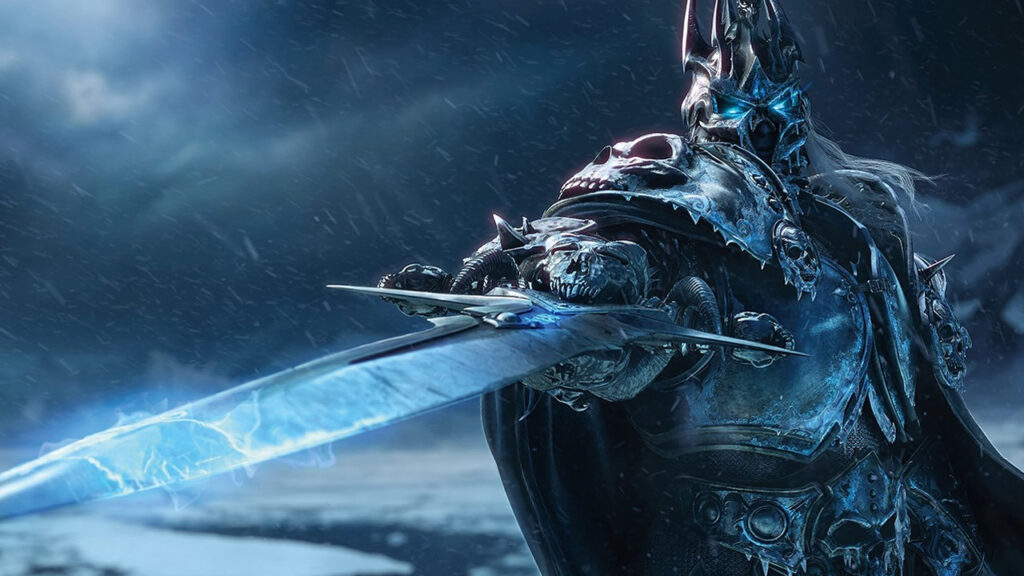
Key Improvements:
Death Knight Class: The introduction of the Death Knight, WoW’s first hero class, brought a new, dark fantasy flavor to the game. Starting at level 55, Death Knights offered a fresh, powerful playstyle with their unique rune-based abilities.
Phasing Technology: Phasing allowed for a more immersive story experience, as zones could change dynamically based on player progress, making the world feel more alive.
Dungeon Finder: This tool revolutionized how players accessed dungeons, making it easier to group up and find dungeons, streamlining the gameplay experience.
Epic Raids: Raids like Ulduar and Icecrown Citadel are still regarded as some of the best-designed content in the game’s history, offering memorable boss fights and significant lore developments.
Why It’s Loved:
Wrath of the Lich King delivered a narrative experience that resonated deeply with players, many of whom had followed Arthas’s tragic story since Warcraft III. The expansion’s blend of engaging content, from epic raids to a compelling new class, makes it a fan favorite to this day.
3. Legion (2016)
After some missteps in the Warlords of Draenor expansion, Legion, released on August 30, 2016, was a triumphant return to form for WoW. It brought back the Burning Legion as the main antagonists, reintroducing the fan-favorite Illidan Stormrage and culminating in one of the most epic story arcs in WoW’s history.
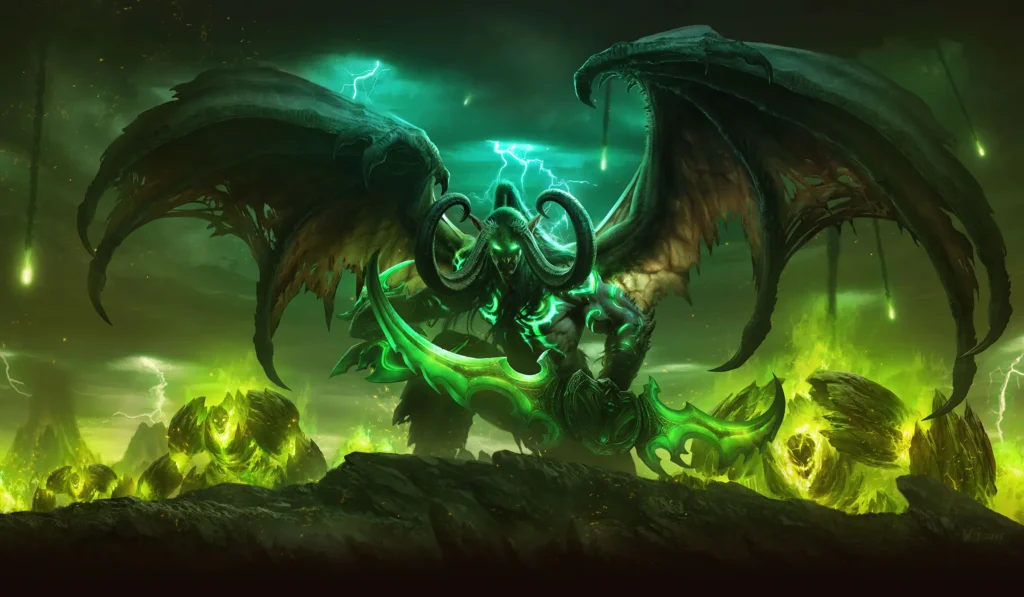
Key Improvements:
Artifact Weapons: Each class specialization received a unique, powerful weapon tied to their lore. Players could enhance and customize these artifacts throughout the expansion, adding a personal touch to their character’s development.
Class Halls: Similar to Garrisons but more successful, Class Halls were a shared space for each class, serving as a base of operations and reinforcing class identity.
Mythic+ Dungeons: This system introduced scalable dungeons with increasing difficulty levels, offering endless replayability and a competitive PvE environment.
Revamped PvP: Legion introduced a new honor system, allowing players to unlock talents and progress in PvP without being tied to gear, creating a more skill-based competitive environment.
Why It’s Loved:
Legion is praised for its content-rich updates, deep lore, and the sheer amount of activities available to players. The introduction of Mythic+ dungeons alone had a lasting impact on the game’s endgame structure, making *Legion* a benchmark for future expansions.
4. Mists of Pandaria (2012)
Initially met with skepticism, Mists of Pandaria, released on September 25, 2012, won over players with its rich lore, beautiful new continent, and innovative gameplay systems. The expansion focused on the newly discovered continent of Pandaria and introduced the Pandaren as a playable race, along with the Monk class.
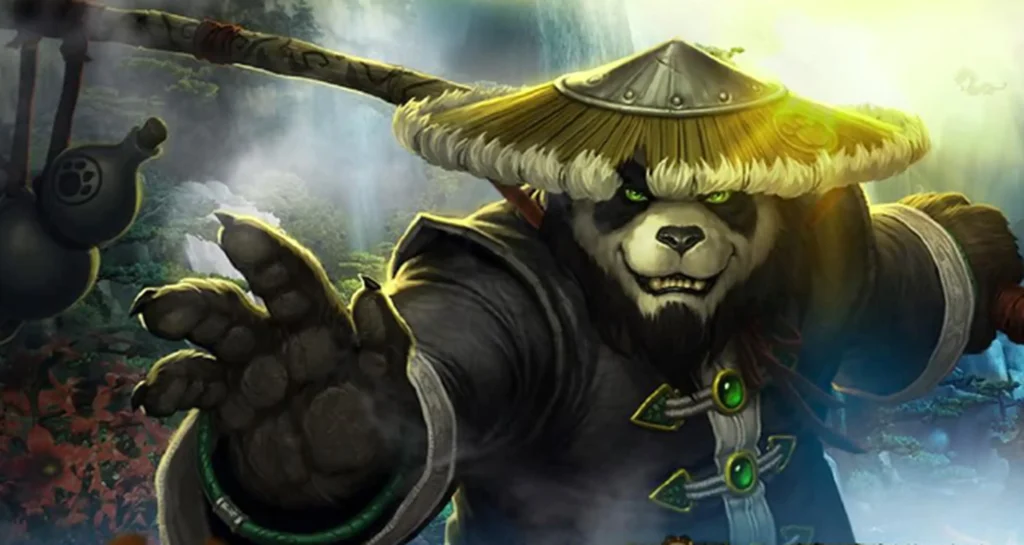
Key Improvements:
Monk Class: The Monk brought a versatile playstyle, offering healing, tanking, and DPS specializations, along with a unique energy and chi resource system.
Challenge Modes: A precursor to Mythic+ dungeons, Challenge Modes offered timed dungeon runs with scaling difficulty, rewarding players with unique cosmetic rewards.
Pet Battles: A fun and surprisingly deep minigame, Pet Battles allowed players to collect, train, and battle their companion pets, adding a lighthearted, Pokémon-like experience to WoW.
Expanded Lore: The expansion delved into the rich, untapped lore of the Pandaren, exploring themes of balance, inner conflict, and the consequences of war.
Why It’s Loved:
Mists of Pandaria is celebrated for its unique setting, engaging storylines, and the introduction of features that added variety to the game. Its initial reception was mixed, but it has since gained appreciation for its depth and creativity.
5. Battle for Azeroth (2018)
Released on August 14, 2018, Battle for Azeroth returned to the core conflict between the Alliance and Horde, reigniting the faction war in a way that hadn’t been seen since the game’s early days. The expansion featured two new continents, Kul Tiras and Zandalar, each with its own rich history and culture.
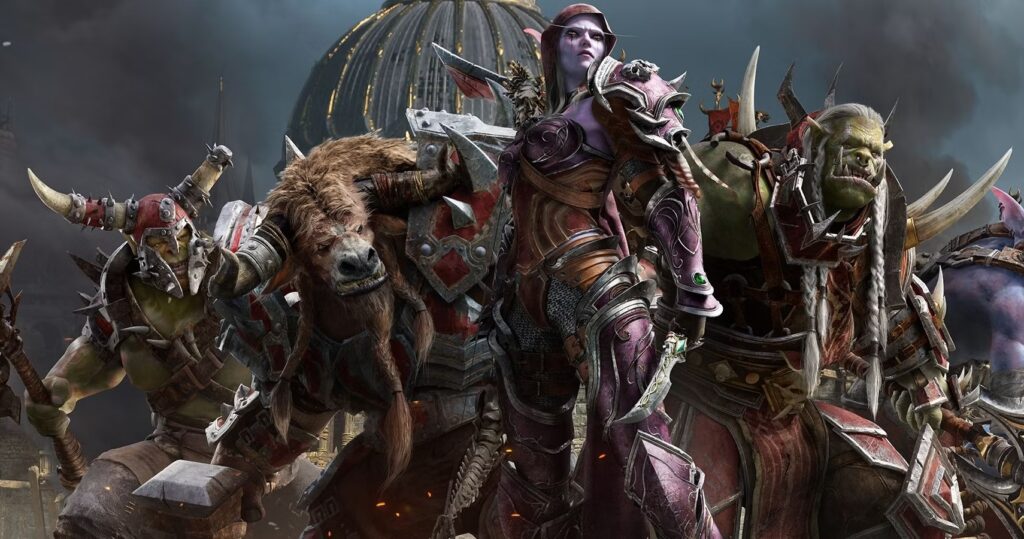
Key Improvements:
Allied Races: Battle for Azeroth introduced Allied Races, sub-races of existing races that players could unlock through in-game achievements, adding new character customization options.
Warfronts and Island Expeditions: These new PvE modes offered fresh content, with Warfronts recreating large-scale RTS-style battles and Island Expeditions providing procedurally generated adventures for small groups.
Heart of Azeroth: Similar to Legion’s Artifact Weapons, the Heart of Azeroth was a customizable necklace that players could empower throughout the expansion.
Cinematic Storytelling: Battle for Azeroth featured some of WoW’s most impressive cinematic cutscenes, driving home the emotional weight of the faction war.
Why It’s Loved:
While Battle for Azeroth had its share of controversy, it succeeded in delivering a compelling narrative and bringing the faction war back to the forefront. The introduction of Allied Races added a new layer of character progression, and the expansion’s varied content kept players engaged.
World of Warcraft has seen many expansions, each with its own unique impact on the game. Whether through groundbreaking gameplay innovations, unforgettable lore, or exciting new features, these five expansions stand out as the most beloved in WoW’s long history. Each brought something new to the table, enhancing the world of Azeroth and keeping players coming back for more. Whether you’re nostalgic for the old days of The Burning Crusade or thrilled by the innovations of Legion, these expansions have left an indelible mark on the game and its community.

